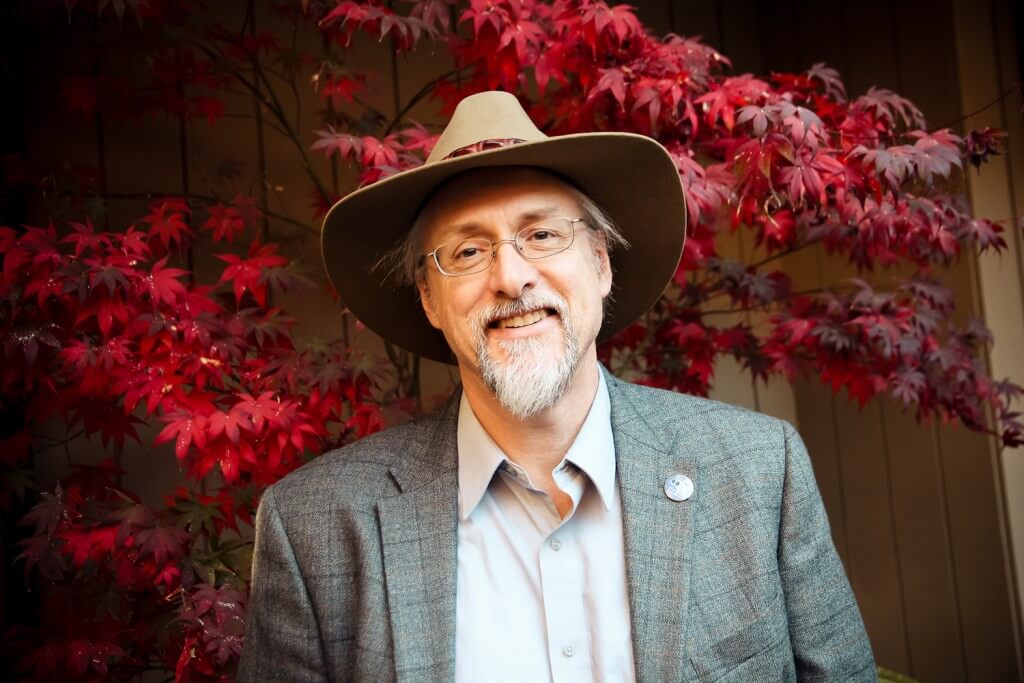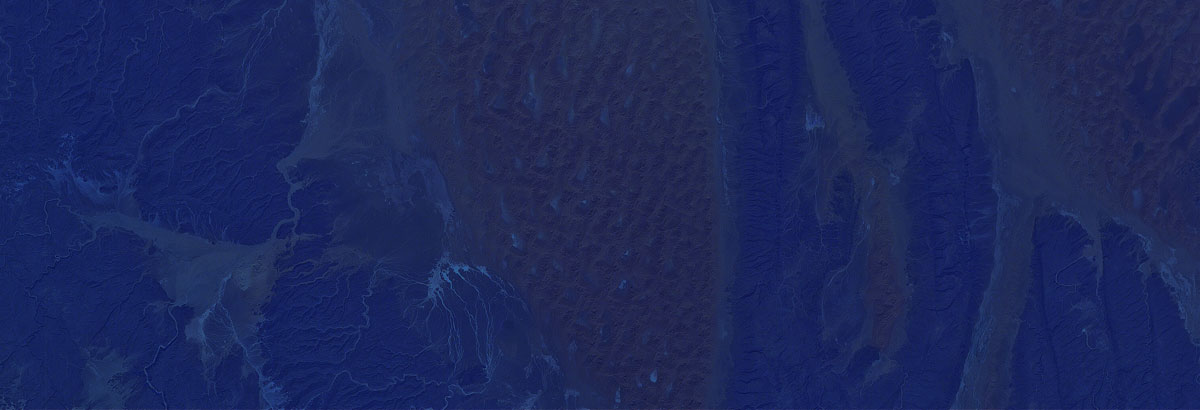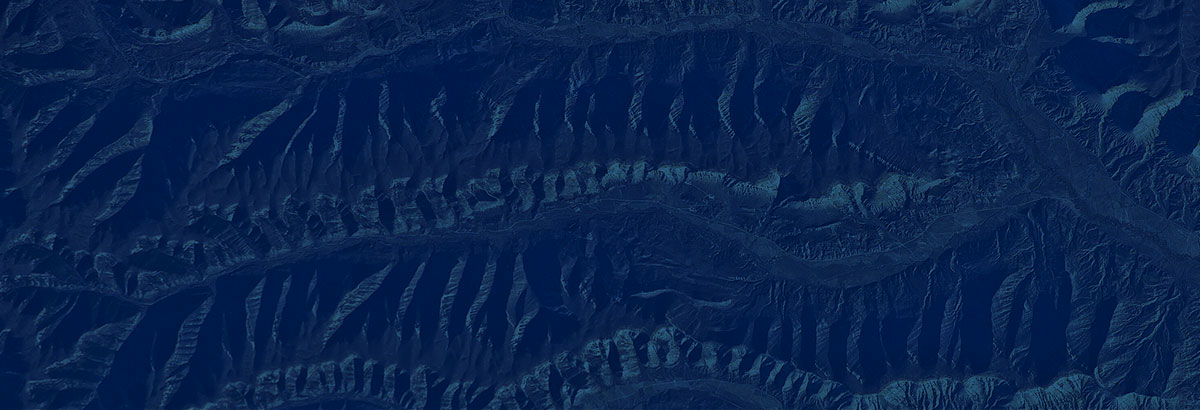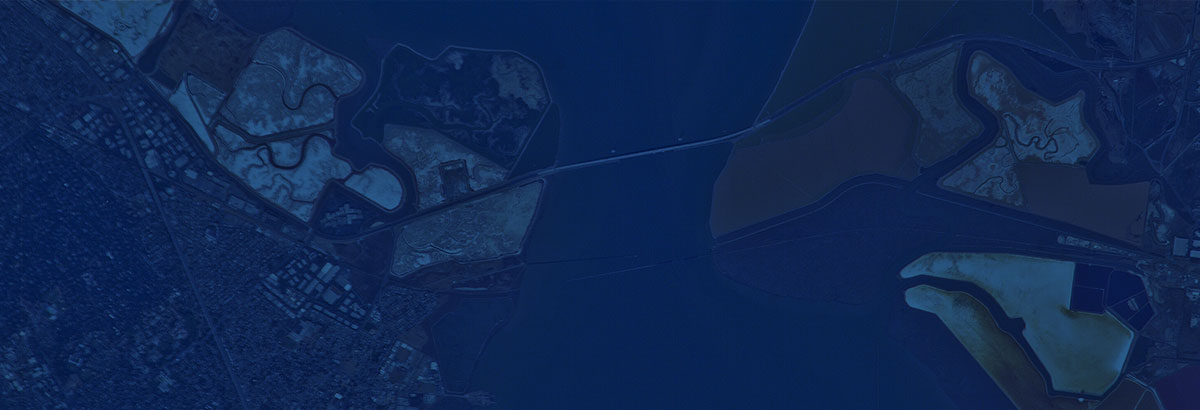Meet the Team: Dr. Marc Buie
January 4, 2015
Dr. Marc Buie’s Biography:
Marc has worked with world-class telescopes around the globe, from portable telescopes in remote locations to space-based telescopes, including the Hubble Space Telescope (HST) at the Space Telescope Science Institute. He has studied smaller bodies in the solar system, from asteroids to comets as well as satellites of the giant planets. He also has a deep and long-term interest in Pluto and his work has created the best maps to date of the surface of Pluto by using data from the HST. This work will lead up to the historic New Horizons mission that will fly by Pluto in 2015 for an up-close look. Marc is a co-investigator on that mission.
Marc’s work includes a leading role in the Deep Ecliptic Survey to discover and catalogue objects near and beyond Pluto (called Kuiper Belt Objects). He has worked on numerous instrument development projects from the first spectrograph to a faculty-class infrared imaging instrument in use today at the Lowell Observatory and has published more than 80-peer reviewed research papers. In 1999, “Asteroid 7553 Buie” was named in honor of Marc’s study of our solar system. Most recently, he has been setting up a network of 60 telescopes in the western United States to measure the sizes and shapes of Kuiper Belt Objects by involving high school teachers and students in small communities stretching from Yuma, Arizona up to Oroville, Washington (see tnorecon.net).
The Interview:
What do you find most exciting about the Sentinel Mission?
My life is driven by the overwhelming desire to learn more about our solar system. As a researcher, my favorite tool is the telescope. It’s amazing what we can learn with this powerful tool, big or small. When you put these two things together, it means you are looking outward into the unknown. My experience is that when you are looking you find lots of things, only some of which are the things you were expecting to find. Sentinel does all of these things by being designed to survey a poorly studied region of our solar system with an infrared space telescope. The goal of the project, to find and catalog near-Earth objects, is interesting research, but I’m most excited for what we’ll learn that we didn’t expect.
How did you become involved with the Sentinel Mission Leadership Team?
I have had a long-standing interest in learning more about those objects that are most dangerous to us here on Earth. I first heard of an early version of Sentinel more than 10 years ago and immediately recognized it as a compelling tool for this project. I offered my interests and services then. When that mission concept grew into the B612 Foundation-supported Sentinel Mission project, I was very supportive and convinced the Foundation of the role I could play in the mission. I have been formally involved since 2012 and have been working to analyze the mission concept to ensure that it will do what we intend.
What would you like people to understand about the Sentinel Mission?
Sentinel is a challenging project. Any cutting-edge research is hard work, but what we intend to do is well within the grasp of present-day technologies. In my opinion, we face three major elements that will take the most effort and care to be successful:
1. Building effective detectors
2. Handling the huge amount of data that will come from the spacecraft
3. Recruiting supporters from the private sector to support this project through their financial resources
The first two items are reasonable steps forward from systems that have already been built. The last item is unusual in being applied to a space mission, but follows a long legacy of philanthropic support of scientific research that has been quite important for many centuries. Sentinel will succeed through teamwork. Together we will all accomplish a great thing.
How does a planetary astronomer end up building telescopes and spacecraft?
It all starts with a research idea. Perhaps it’s something as basic as “I wonder what Pluto really looks like,” or it could be more complex such as wanting to know the age of certain rocks on the surface of Mars. In our case it comes from a desire to know if there are any objects out there that are going to hit the Earth someday in the future. From these ideas, we build a framework of the measurements that need to be made with some rough idea of how to do this.
These types of projects are always much more than can be accomplished by one person alone, so very quickly this idea will escalate into a conversation with engineers and technicians such as you might find at Ball Aerospace. From there, it’s one step at a time to better define the hardware and how it needs to work, and to develop the financial support to bring the ideas to life.
Tell us about one (or more, if you wish) of the most memorable moments in your career.
In 1996, I was working on a project to measure how fast different near-Earth asteroids were rotating. Doing this requires taking pictures of the asteroid with a decent size telescope and then measuring how bright it is in each picture. Taken together, you can see if the brightness changes. Most of the time you do see variations that are also repeatable. This was, and still is, an important measurement (though perhaps not the most exciting research, at least while sitting at the telescope waiting for the data to come in).
One night I had a long list of objects to examine. Early in the night one of my chosen objects happened to be in a very crowded region in the sky. This means there were thousands upon thousands of stars in the images, and I just couldn’t pick out the asteroid I was seeking to find.
That night I had one of the “aha” moments you always see depicted in a cartoon with a light bulb over a scientist’s head. I had been using the old-school methods of blinking images to look for the moving asteroid—just like Clyde Tombaugh did nearly 100 years ago when he discovered Pluto. So right there at the telescope I invented a new technique using a color display on a computer that makes this process hugely easier and faster. In a matter of minutes after getting the idea I had written a program based on the idea and started sifting through my images to find the target asteroid. Where I had already spent two hours looking for my asteroid, the new process let me find it in a matter of seconds. It was so much fun that I tried it on other sets of images I had already taken that night. The real surprise that night was to learn that most of of my images had many more asteroids on them than I had known about.
It was on this night I discovered my first asteroid that no one else had ever seen before. In fact, on that night I found more than a few new ones and ended up scrambling to write a lot of new software to help with this unexpected outcome of the night. This moment in my career was a huge turning point. The new technique and all the software I wrote that night led to the Deep Ecliptic Survey where our team discovered more Kuiper Belt Objects than any other single team has yet found. In many ways, you could say that night also led to my becoming involved with the Sentinel Mission.
Who are your inspirations?
I’m not one of those inspired by specific people. I’m more inspired by ideas. One of the most inspirational “ideas” from my youth was NASA’s space program. I devoured everything I could get my hands on regarding mostly the manned missions, but was also naturally drawn into the unmanned program results as well. There was a time I wanted to be an astronaut, but when I found out I’d never make it thanks to my eyesight, I turned my thoughts elsewhere.
Another inspirational idea comes from the science fiction I read as a kid. A common character in those books was a scientist, and there would always be a turning point based on some discovery or “aha” moment. I think this tableau resonated with me, and a life dedicated to research was the inevitable outcome.
What do you like to do when you’re not working on Sentinel?
Years ago I used to unwind by playing softball though I think I may have been a bit too competitive for this to really let me relax. In any case, I got old enough that injuries were happening more often and were getting more severe so I hung up my cleats. The element of that game that always appealed to me most was the concept of teamwork and this carries over to the work I do.
I have always been involved in music once I discovered it as a 10-year old. Music is very much a part of my life, both as a listener and as a performer, and helps provide balance against the stresses of life. These days I’ve got a rock band. We don’t get to play too much since we all travel way too much, but it gives me something to work on in between.
What’s on your bucket list?
I’m a planetary scientist. I think my education and training developed a nascent component of who I am. All of my work is aimed at exploring new worlds and describing and appreciating what’s out there in the universe. For me, I see worlds and the processes that led to their creation and evolution through time. Our own planet, Earth, is definitely the most amazing of all that we know. I carry that “world-based view” of a planetary scientist with me everywhere I travel on planet Earth.
I am most drawn to geologic processes and related topography in my journeys. I love the basin and range provinces in southern Arizona where I first became aware of Earth as a planet. Since then I’ve seen so many amazing things like the volcanoes in Hawaii, the Columbia River Gorge and their flood basalts, the Grand Canyon, impact craters…the list goes on and on. My bucket list is full of those places on the Earth I’ve heard about but haven’t yet seen: Antarctica, the sand dunes in Namibia on the skeleton coast near Walvis Bay, Easter Island, and so on. I don’t keep a formal list and really just look for opportunities during my extensive travels in my work.
Last question: Star Wars or Star Trek?
Neither. When Star Trek was the only thing on, I watched it countless times. What else was there? When Star Wars came out it was an amazing journey in its own right and was certainly entertaining. By that time I had learned a lot of physics and both of these universes had glaring flaws that kept me from being a “true fan.”
For me, my favorite show in the visual SF genre is Babylon 5. From the first look, their attention to the physics we already know drew me in and it was a great story as well. As great as Babylon 5 was, I am first and foremost an avid reader of science fiction and this is a far bigger influence than anything that has ever appeared on the screen. Some of the most influential books I read growing up were the Foundation Trilogy and Robot novels by Asimov, Dune by Herbert, the Known Space stories by Niven, and the imaginative works of Jack Vance and Theodore Sturgeon.
















